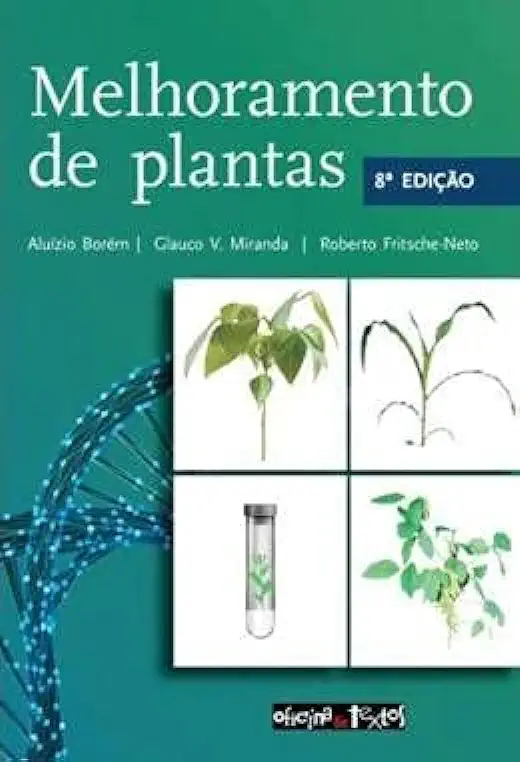
Plant Breeding - Aluizio Borem
Plant Breeding: A Comprehensive Guide to Crop Improvement
By Aluizio Borem
Plant breeding is the art and science of improving the genetic makeup of plants to create new varieties with desirable traits. This book provides a comprehensive overview of the field of plant breeding, from its history and methods to its current challenges and future prospects.
History of Plant Breeding
Plant breeding has been practiced for thousands of years, with early farmers selecting plants with desirable traits and saving their seeds for future planting. Over time, more sophisticated methods of plant breeding were developed, including cross-breeding, hybridization, and genetic engineering.
Methods of Plant Breeding
There are a number of different methods of plant breeding, each with its own advantages and disadvantages. Some of the most common methods include:
- Selection: This is the simplest method of plant breeding, and involves selecting plants with desirable traits and saving their seeds for future planting.
- Cross-breeding: This involves crossing two different plants with different traits to create a new plant with a combination of those traits.
- Hybridization: This is a more complex method of plant breeding that involves crossing two different species of plants to create a new plant with a combination of their traits.
- Genetic engineering: This is the most recent method of plant breeding, and involves using genetic engineering techniques to insert specific genes into plants to give them new traits.
Challenges of Plant Breeding
Plant breeding is a challenging field, and there are a number of challenges that plant breeders face. Some of the most common challenges include:
- Genetic diversity: The genetic diversity of plants is essential for plant breeding, but it can also be a challenge to maintain. Plant breeders must carefully select plants with the desired traits and ensure that they are genetically diverse enough to produce viable offspring.
- Disease resistance: Plants are constantly under attack from diseases, and plant breeders must develop varieties that are resistant to these diseases.
- Climate change: Climate change is also a major challenge for plant breeders, as they must develop varieties that are adapted to changing environmental conditions.
Future Prospects of Plant Breeding
Despite the challenges, the future of plant breeding is bright. Plant breeders are constantly developing new technologies and techniques to improve the efficiency and effectiveness of plant breeding. This will allow us to develop new varieties of plants that are more productive, nutritious, and resistant to pests and diseases.
Conclusion
Plant breeding is a vital field that plays a key role in ensuring the world's food supply. This book provides a comprehensive overview of the field of plant breeding, from its history and methods to its current challenges and future prospects. If you are interested in learning more about plant breeding, this book is a must-read.